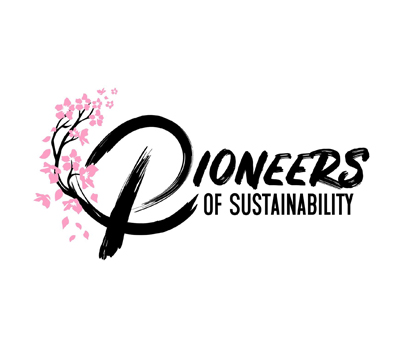We hear a lot of talk about the use of compost as a soil amendment. Everything from back yard compost bins to large scale, commercial composting facilities providing compost for use in our gardens and landscapes is gaining popularity as we look at ways to recycle the food and plant wastes we generate. That being said, compost has a specific preparation and use, and if not handled correctly, the outcome of its use isn’t always going to be favorable. So, what exactly is compost and how can it be used?
Compost can best be described as broken down organic matter. It is a black, spongy material that has a sweet earthy smell. Organic materials include, but are not limited to dead vegetation, food waste and manures. These materials are decomposed or broken down by microorganisms into compounds that can be used by plants, supplying a wide array of nutrients needed for healthy plant growth. Compost is the environment in which microorganisms can feed and propagate, giving soil life. Compost can be incorporated into the soil or used as a top dressing around plants. It can be mixed into the soil as an amendment, helping to create structure. It is a fertilizer which provides nutrients for plants and acts like a sponge, holding water and air in the soil. Compost also works as a mulch or top dressing, keeping down weed growth and water loss. It protects the soil from the harmful effects of the sun and rain, allowing water to be absorbed by the soil rather than running off, causing erosion. Compost is beneficial but can be harmful if not used right, so here are some points to keep in mind.
Don’t use compost when it’s hot. Active compost piles generate heat as microorganisms breakdown organic compounds, making it unstable and dangerous to plant life. Compost piles can reach temps in excess of 150° F, which can burn and kill plants. While actively decomposing, microbes use nutrients in the decomposition process, locking them up and making them unavailable for plant up take. Often times a fermenting odor is also present while matter is actively decomposing. This odor will dissipate as compost stabilizes, transforming into a final product that has a sweet earthy smell. If you have an active compost, give it time to stabilize before you use it around your plants. Once decomposition is complete, nutrients are released and become available for the plants. Woody compost or bark mulch should not be incorporated into the soil. These materials are high in carbon, in relation to nitrogen, and will absorb all available nitrogen to facilitate decomposition. Plants grown soil with a high carbon to nitrogen ratio will tend to yellow and be nutrient deficient. By allowing your compost to completely break down and stabilize, garden plants and landscapes will be much healthier and flourish.
There are many resources available listing materials that are compostable with guides that will assist in creating and maintaining a productive compost pile.
~Henry Soto, Certified Permaculture Designer
Account Manager
DeSantis Landscapes
































